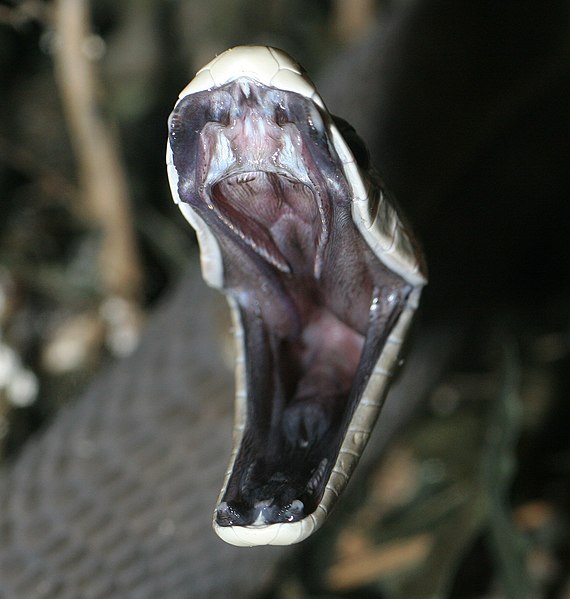Hello, Frank Indiviglio here. Whether you are considering the massive Amazonian Giant Centipede (Scolopendra gigantea) or the tiniest native species, the keeping of these fascinating but potentially dangerous creatures should not be undertaken lightly. During the course of my career in zoo-keeping and field research, I’ve encountered many species, and have learned something of the difficulties and dangerous their care poses. An escaped Giant Centipede once gave me much cause for concern (please see article linked below), and several colleagues have been bitten, sometimes with dire results. Yet many of us are drawn to them, and with so much still to learn, and so many species yet to be discovered, their study offers an exciting challenge.
Escapes
Centipedes are very fast, can scale glass, and are able to squeeze through unbelievably small openings…escapes are not uncommon, even in zoos. And once out, they are almost impossible to find – or forget! I should know – I’ve helped recapture animals ranging from Snow Leopards to Kodiak Bears, but concerns caused by an escaped Giant Centipede lingered longest of all; please see the article below for details. Read More »
 That Reptile Blog – Reptile, Amphibian and Exotic Pet Care and Information
That Reptile Blog – Reptile, Amphibian and Exotic Pet Care and Information





